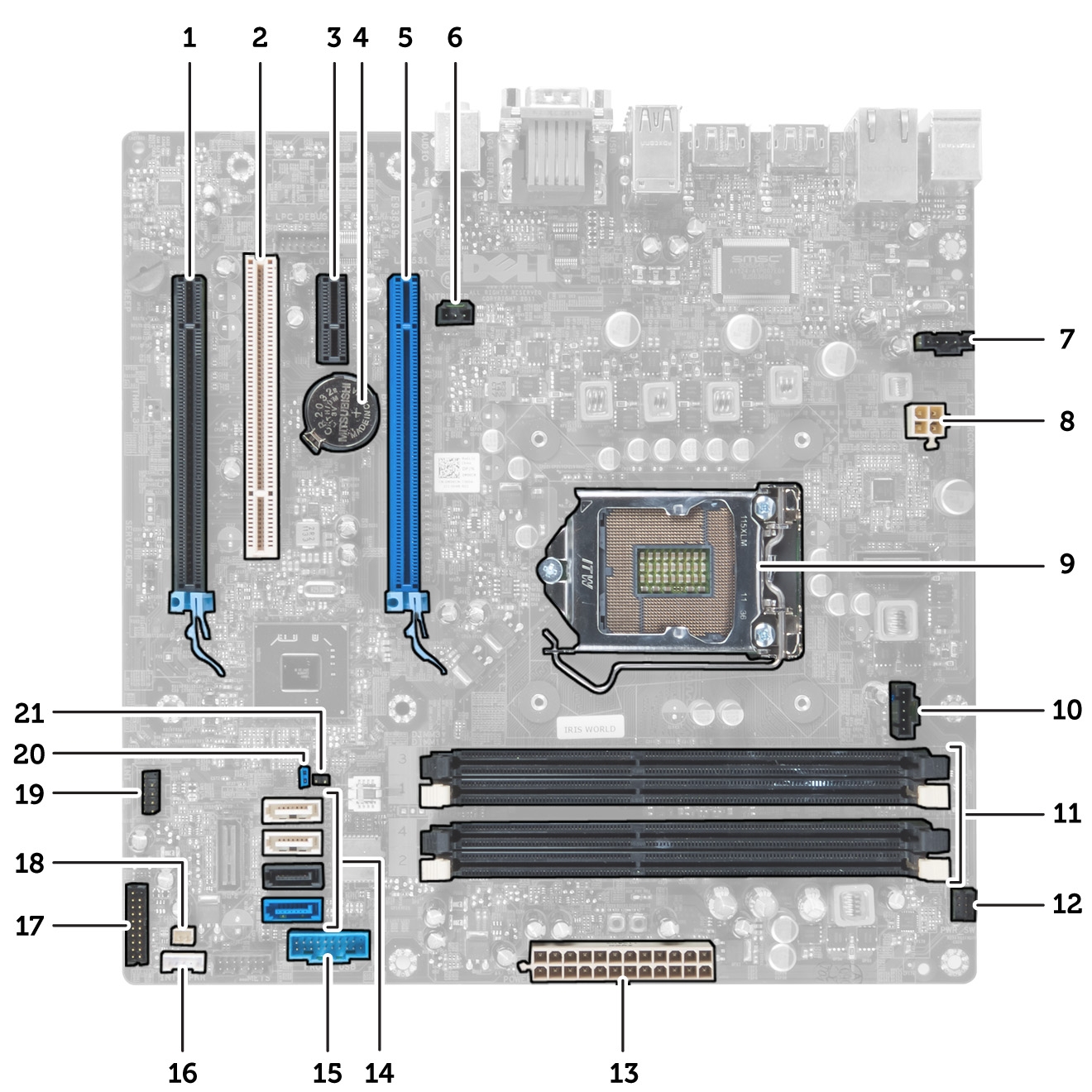I'm looking for a not too expensive solution to get my gpu outside of a minitower for better cooling. I installed a sound card which sits just just below the gpu fans, and it is cutting off too much airflow during gaming. I suppose a riser cable will do. But which ones don't suck? I think I'm going to need a long one so that I can place the gpu on top of the minitower. Current temps are reaching into the low 80's during gaming, and the gpu is a GTX 1070 TI mini. Before installing the sound card, temps were reaching mid 70's.
And replacing the sound card is definitely not an option. This thing is a rock solid performer for my needs (RME 9632).
And replacing the sound card is definitely not an option. This thing is a rock solid performer for my needs (RME 9632).
Last edited:
![[H]ard|Forum](/styles/hardforum/xenforo/logo_dark.png)
